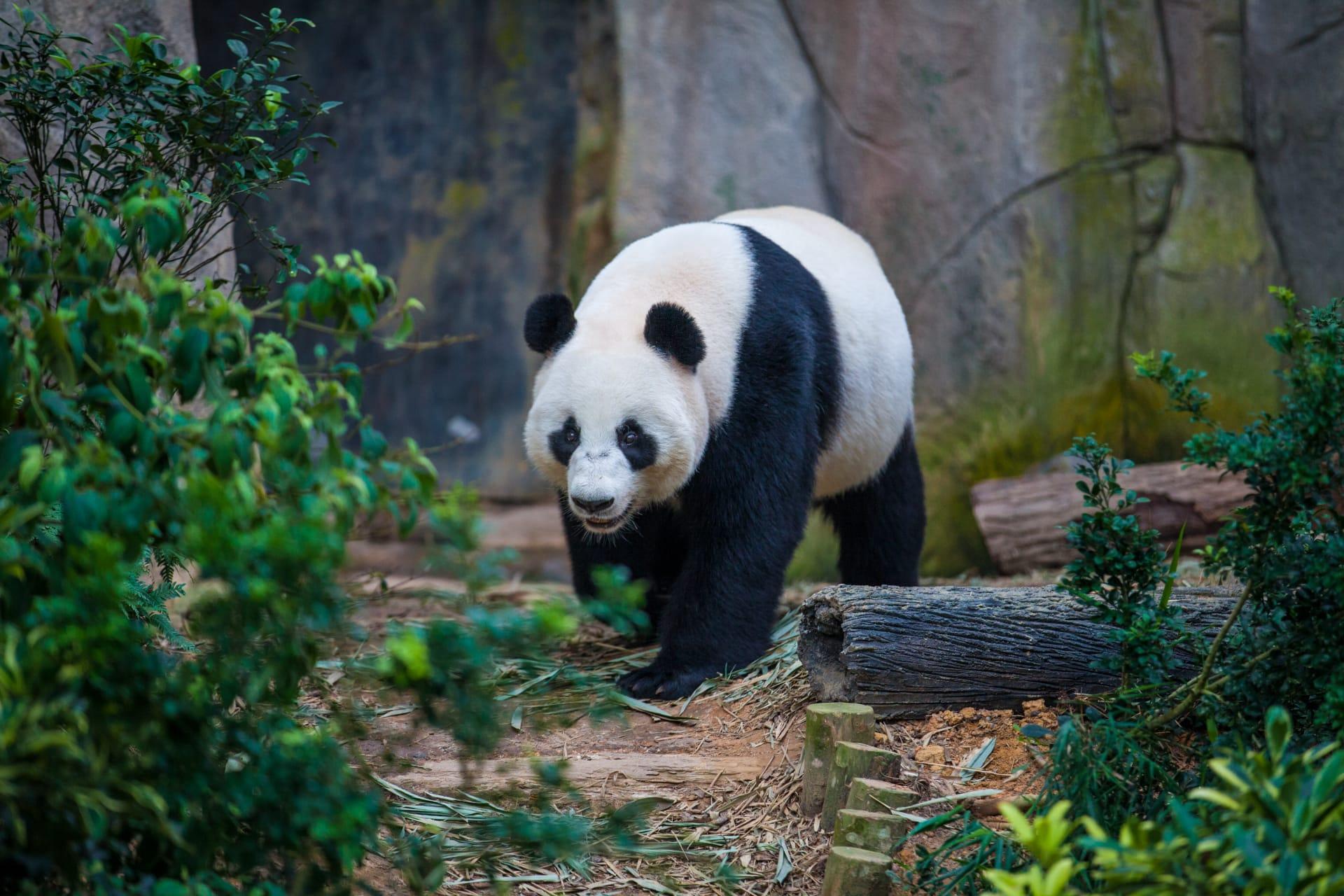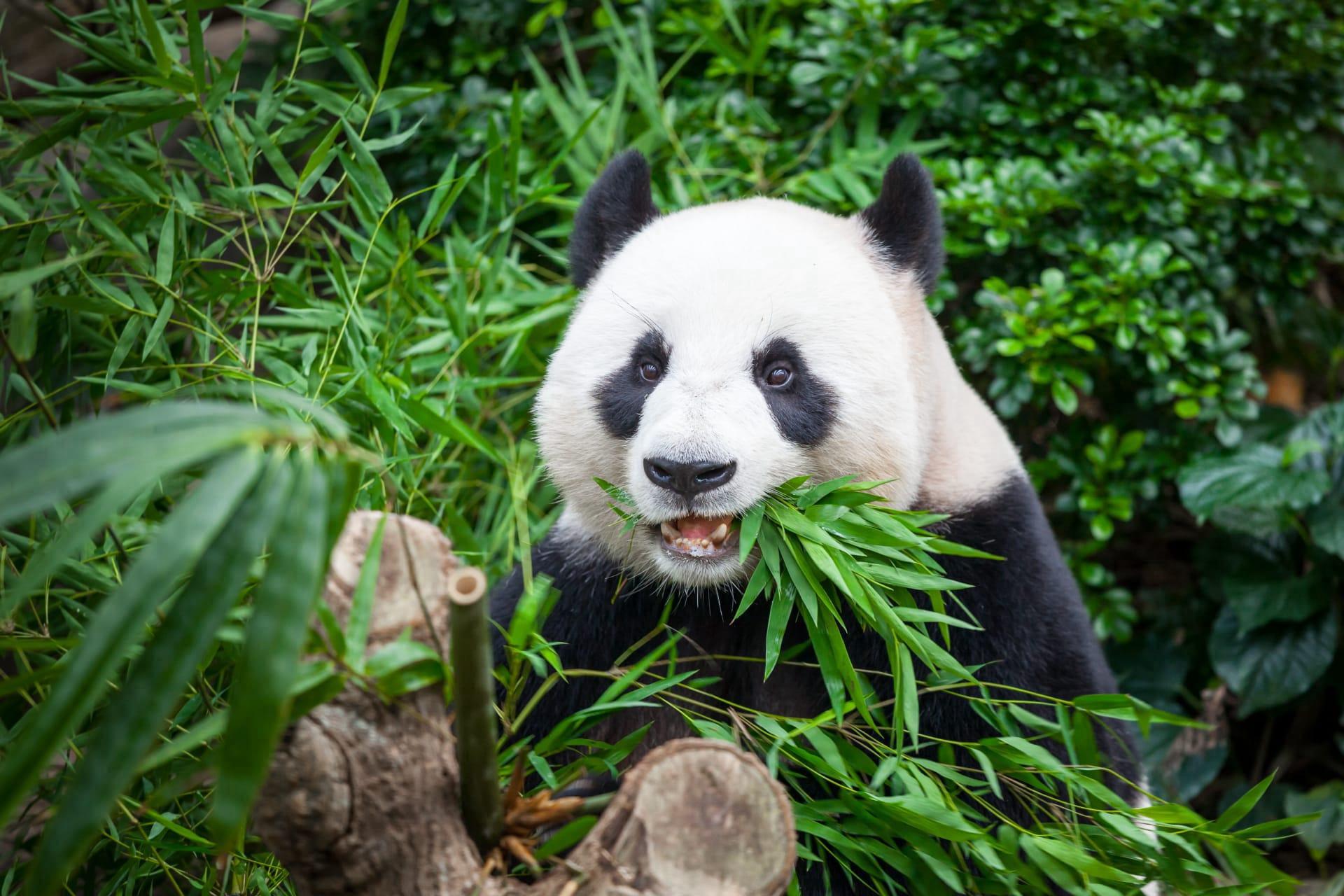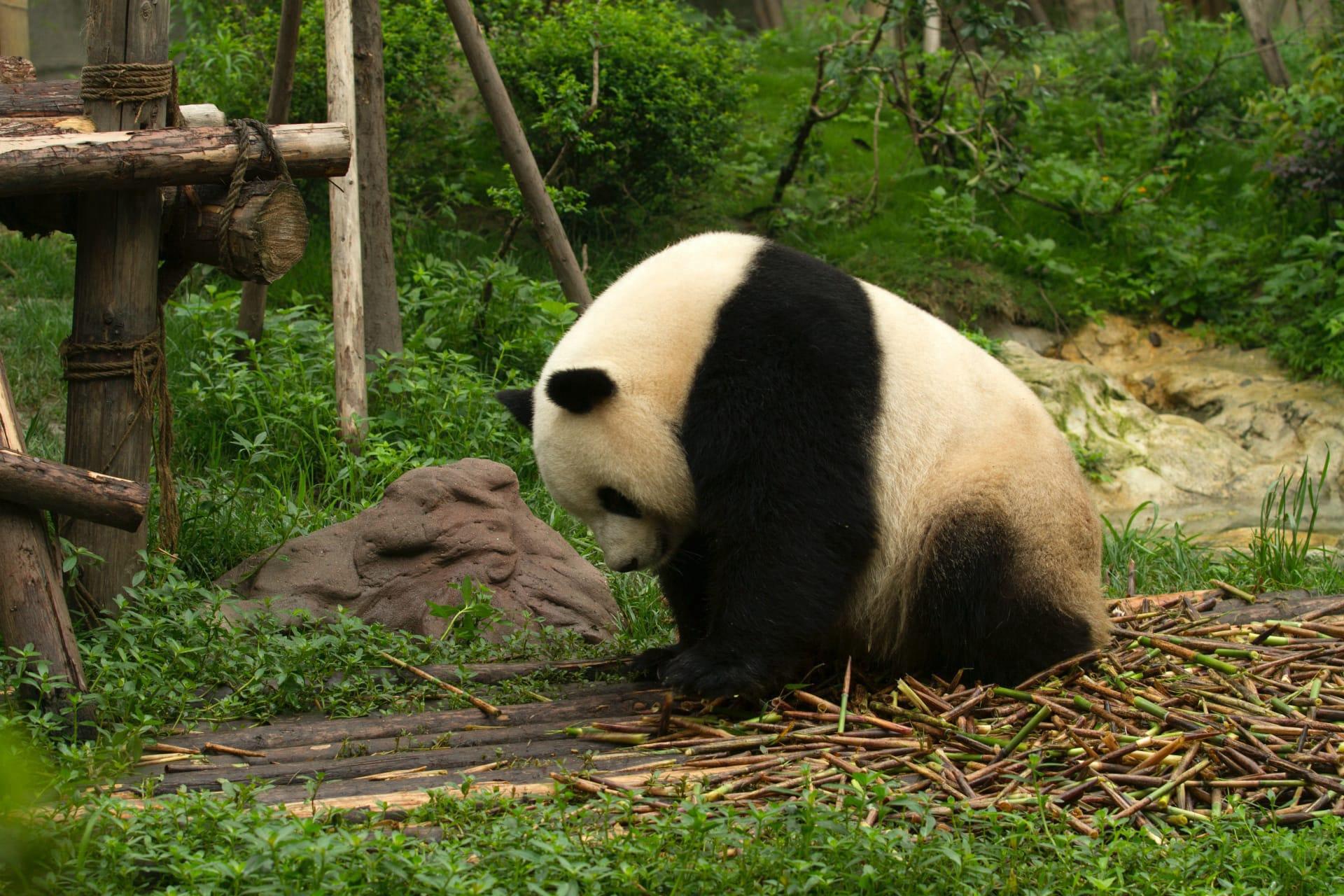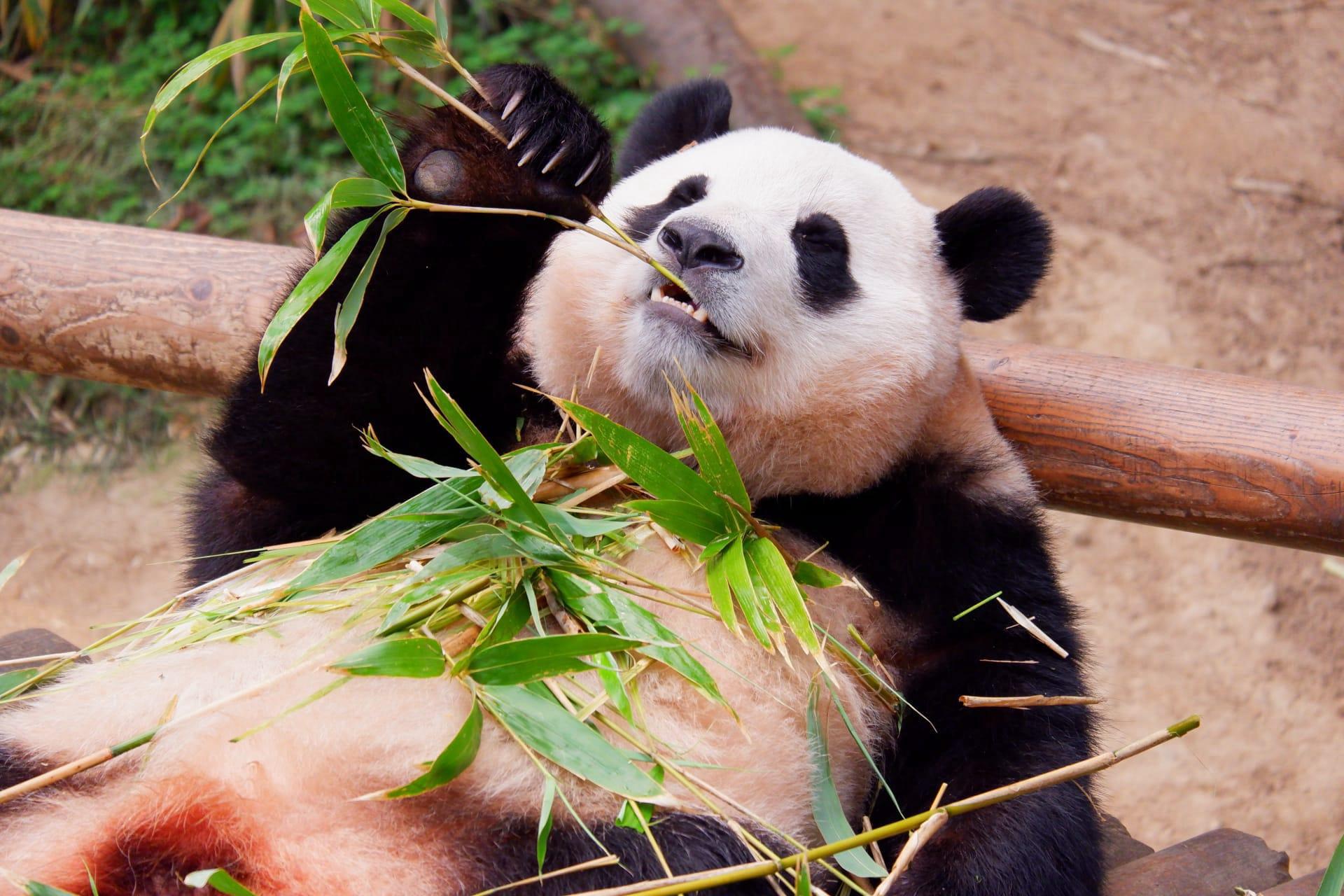Panda Characteristics
- Home /
- Mini Encyclopedia /
- Animal /
- Panda Characteristics
1
Pandas, these adorable black and white mammals, are a symbol of conservation efforts worldwide. An adult panda typically weighs between 220 to 330 pounds (100 to 150 kilograms), measuring up to 6 feet (1.8 meters) long. They possess a unique feature: a pseudo thumb, which is an extension of the wrist bone, aiding in grasping bamboo, their primary diet. This adaptation allows them to hold and strip the bamboo stalks with remarkable dexterity. Pandas are known for their distinctive coloration, with deep black fur around their eyes, ears, and limbs, contrasting sharply with their white face and body. Their life span in the wild averages around 14 to 20 years, though in captivity, they can live over 30 years due to better nutrition and veterinary care.
Pandas have a special feature that sets them apart: their sixth digit. This pseudo thumb, an extended wrist bone, is not a true opposable thumb, but it serves a crucial purpose. Pandas primarily eat bamboo, and this extra digit helps them to grip and manipulate the bamboo stalks. The pseudo thumb, coupled with strong jaw muscles and flat molars, allows pandas to crush and consume bamboo - their diet consists of 99% bamboo! Interestingly, despite having a digestive system of a carnivore, pandas have adapted to a vegetarian diet, a unique adaptation in the bear family.

2
Question: Why do pandas spend most of their day eating and resting?
Answer: Pandas have a diet almost exclusively of bamboo, which is low in nutrients and hard to digest. Their digestive system is designed for meat, so they don’t efficiently process the cellulose in bamboo. To compensate, they need to consume up to 38 pounds (17 kilograms) of bamboo daily and spend 10 to 16 hours eating. The low nutritional value of bamboo means they have little energy to spare, which is why pandas are often seen resting. Their lifestyle is a balance act between conserving energy and consuming enough bamboo to meet their nutritional needs.

3
Pandas may seem lethargic, but they are skilled tree climbers and swimmers. Young pandas are particularly agile in trees, a skill that diminishes as they grow larger and heavier. They are also capable of swimming, which they do mainly to escape predators or to find new habitats. This ability to climb and swim aids their survival, particularly in their natural mountainous habitats. Despite their bulky appearance, pandas can reach a top speed of 20 miles per hour (32 kilometers per hour) in short bursts, especially when threatened.
As for their feeding habits, pandas are primarily bamboo feeders, consuming various parts of the bamboo plant, including leaves, stems, and shoots. They have a unique way of eating, sitting upright to free their front paws to hold bamboo. Their strong jaws and flat molars are perfectly adapted for crushing tough bamboo. While bamboo forms 99% of their diet, they occasionally eat other foods, such as honey, eggs, fish, yams, shrub leaves, oranges, and bananas, especially in captivity.

4
Pandas are native to the cool, misty mountainous regions of central China. They inhabit broadleaf and coniferous forests with a dense understory of bamboo, at elevations between 5,000 and 10,000 feet (1,500 to 3,000 meters). These forests provide the moisture and cool temperatures pandas prefer, along with the bamboo that makes up most of their diet. The bamboo forests they rely on for food and shelter are disappearing due to deforestation and farming, making conservation efforts crucial for their survival.
In terms of reproduction, pandas are solitary creatures, coming together only during the brief spring mating season. Female pandas are fertile for just 2 to 3 days a year. They usually give birth to one cub, although twins can occur. The cubs are born blind and extremely small, weighing only about 3.5 ounces (100 grams). They are entirely dependent on their mothers for warmth and milk, as they don't open their eyes until they are six to eight weeks old and aren't mobile until three months. The mother's care is crucial for survival, as the mortality rate for panda cubs is quite high in the wild.

5
Book: "The Way of the Panda: The Curious History of China's Political Animal" by Henry Nicholls, published in the UK in 2010. This book offers an insightful look into the history of pandas, from their discovery in the West in the early 20th century to becoming a symbol of international diplomacy and conservation. Nicholls explores how pandas became intertwined with China's political and cultural identity, shedding light on their ecological, political, and cultural significance.
Book: "Giant Pandas: Biology and Conservation" by Donald Lindburg and Karen Baragona, published in the United States in 2004. This comprehensive work, authored by experts in panda biology and conservation, delves into the biology, behavior, and conservation efforts surrounding giant pandas. The book discusses topics ranging from their diet and reproductive behavior to challenges in conservation and research, providing a deep understanding of these iconic creatures and the efforts to preserve their future.